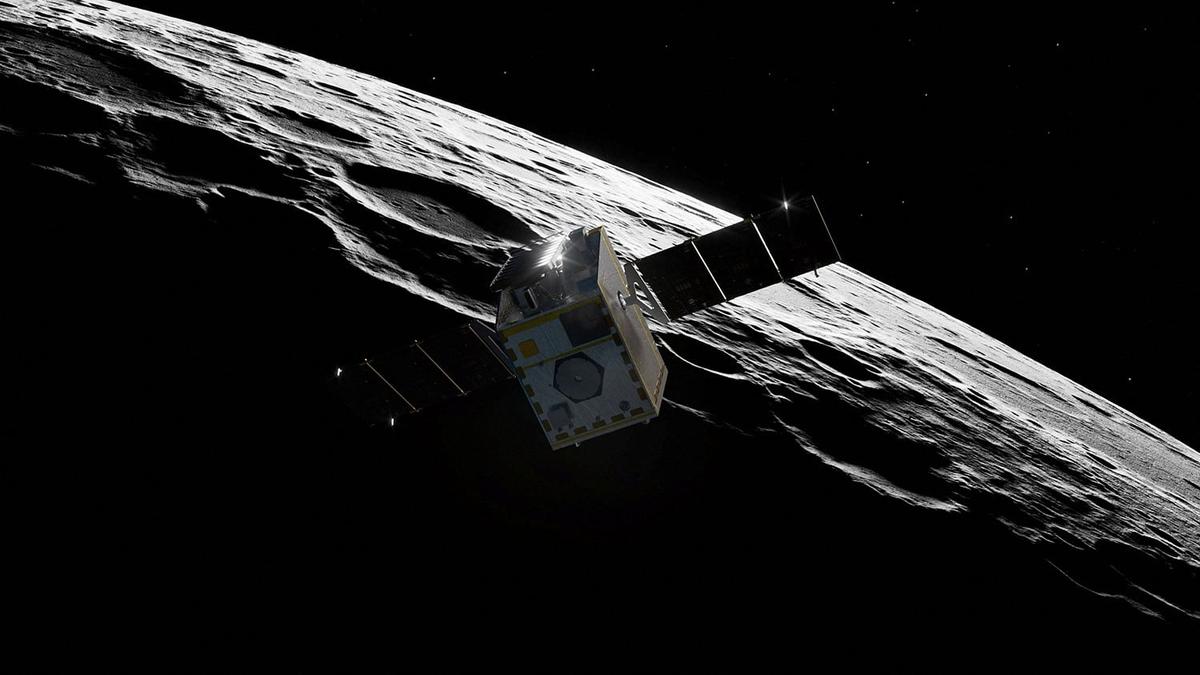
NASA launches satellite on mission to detect water on the moon
The Hindu
NASA's Lunar Trailblazer satellite aims to map water on the moon's surface, crucial for future lunar missions.
A dishwasher-sized NASA satellite was launched into space from Florida on Wednesday to identify where water – a precious resource for lunar missions – resides on the moon’s surface in places such as the permanently shadowed craters at its poles.
A SpaceX Falcon 9 rocket lifted off from the Kennedy Space Center in Cape Canaveral carrying NASA’s Lunar Trailblazer orbiter. The Lunar Trailblazer spacecraft was built by Lockheed Martin’s space division. The satellite was a secondary payload onboard the rocket, with the primary payload being a lunar lander mission led by Intuitive Machines.
The lunar surface is often thought of as arid but previous measurements have found the presence of some water, even in warmer sun-lit locations. In cold and permanently shadowed places at the lunar poles, it has long been hypothesised that there could be significant amounts of water ice.
Lunar Trailblazer, which weighs about 200 kg and measures about 3.5 metres wide when its solar panels are fully deployed, is being sent to find and map this water on the moon’s surface.
For future moon exploration, including potential long-term lunar bases staffed by astronauts, lunar water would be of vital importance because it could be processed not only as a drinking supply but also into breathable oxygen and hydrogen fuel for rockets.
The bottoms of hundreds of craters at the moon’s South Pole, for instance, are permanently shadowed and may hold ice patches. Some water also may be locked inside broken rock and dust on the lunar surface.
Lunar Trailblazer is scheduled to perform a series of moon flybys and looping orbits over a span of several months to position itself to map the surface in detail. It eventually will orbit at an altitude of roughly 100 km and collect high-resolution images of targeted areas to determine the form, distribution and abundance of water and to better understand the lunar water cycle.













